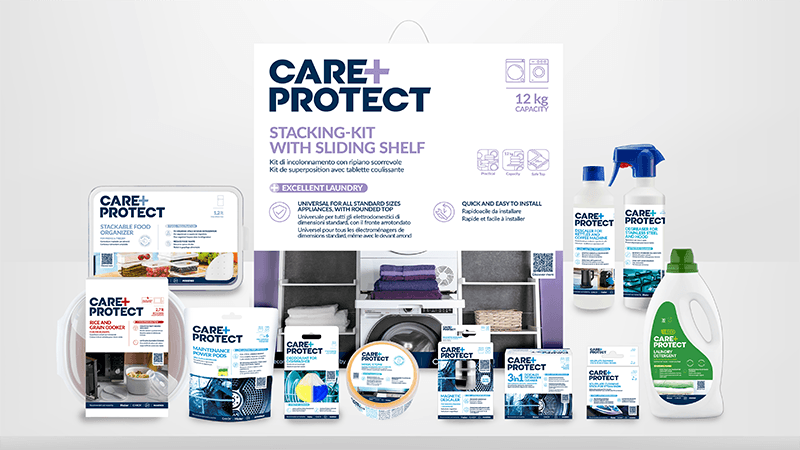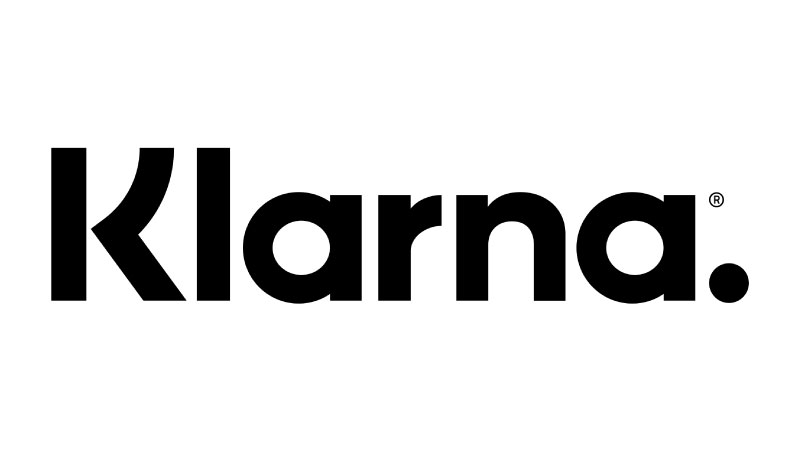
Blender basics: How to use your blender effectively
Blenders are among the most versatile tools in your kitchen, capable of creating everything from smoothies and protein shakes to hummus, soups, and even nut milks. They encourage culinary experimentation and allow you to personalize recipes. Whether you're using a countertop blender or a hand blender, proper setup and maintenance are essential. This guide will help you learn how to use a blender for a variety of creative dishes and drinks.
How to use a countertop blender
Countertop blenders are powerful and great for blending frozen drinks and large batches of soups or sauces.
- Set up your blender. Set your blender on a cool, flat, clean surface and plug it in. Be sure to have dry hands, as wet hands can be a safety hazard when electricity is involved.
- Add your ingredients. Load up the jar with your ingredients in this order:
- Liquids
- Softer ingredients and powders
- Hard or frozen ingredients
- Ice (if making a frozen drink)
It’s important to respect this order as it reduces the strain on the blender’s motor and gives your culinary creations an overall better texture. If you’re making a soup or mixing hot ingredients, be sure to let the ingredients cool before adding them to your blender. Adding boiling ingredients can cause the jar to shatter.
- Secure the lid tightly. Place the lid securely on the jar to prevent any spilling or splattering during the blending process. Haier’s countertop blenders feature a safety system that allows the blades to spin only when the lid is positioned correctly, so the blades won’t spin in unsafe conditions.
You may notice a small, transparent, removable window in your Haier Series 5 blender’s lid. This is the ingredient doser, which allows you to safely add more ingredients while you are blending.
- Start the blender. Press or switch on the power or start button and select the blending programme or speed setting. Modern blenders like the Haier countertop blender have a wide variety of blending programmes to crush ice, blend smoothies, and much more! You can also use the 6 speed settings and pulse function to blend to your heart’s desire.
Pro tip: Never put a spoon or other utensil in the blender while it is running, be sure your blender is turned off before you use any utensil to stir.
- Serve and enjoy! Once you’ve reached your desired results, pour the contents of the jar into your favourite serving dish or glass and enjoy!
- Clean your blender. After enjoying your delicious blended smoothie, cocktail, or pasta sauce, clean up. Haier blenders have self-cleaning functions. With the Auto Clean function on Haier blenders, you can clean the glass jug and the removable blades in just 30 seconds, automatically loosening any stuck-on particles. The removable parts are also dishwasher-safe, making for easy and quick cleanup.
Pro tip: Don’t ever put the base of the blender in water. If the surfaces are looking soiled and sticky, use a damp cloth or sponge to wipe it clean.
How to use a hand blender
Hand blenders are handheld, stick-like devices with small blades at the bottom. They’re designed for blending directly in pots, bowls, or cups. Hand blenders are compact, easy to store and clean. They also allow for more precise control than countertop blenders as you can blend specific amounts or in specific areas of a dish (like chunky soups). Haier hand blenders are super versatile with different attachments, making it not only a blender, but also a mixer, a chopper, and much more.
- Assemble the blender. Line up the motor housing, which is the heaviest part of the blender, with a blender attachment. Fasten these parts together securely. Some models use screw-on attachments while others use a secure click connection.
Depending on what you are making, you might want to use one of the other three attachments available for the Haier hand blender (mixer, masher, or chopper). Simply unclick the blending attachment and click another one in place.
- Plug in the blender. Once you have your blender assembled with the correct attachment, plug the blender into an electrical outlet off to the side of where you will be working. Make sure the cord is out of the way during mixing and blending. Use a bowl or heavy dish to keep the cord out of the way.
Pro tip: You can also use a bowl or heavy dish to keep the cord out of the way.;
- Place the blender in the mixture to blend. Before starting to blend, be sure that the blender attachment is completely submerged in the mixture you are blending. If the blender is not fully submerged, your kitchen could end up looking like a Jackson Pollock painting. Always turn it off and remove it carefully when finished.
- Blend your mixture. Switch on the blender and begin mixing! Depending on the model, there may be only one blending speed. Advanced models like our hand blender have a trigger with variable pulsing power, which allows you to control the speed of the motor.
While blending, move the blender up and down slowly to achieve a well-blended, smooth consistency.
Pro tip:Avoid mixing in non-stick pots and pans, as the stainless steel parts of hand blenders can scratch and permanently damage the coating of non-stick pots and pans. The best materials for blending are stainless steel and high-quality glass. - Unplug the blender as soon as you finish. Once you have finished blending and you are satisfied with the smooth, delicious consistency of your soup, sauce, or dressing, unplug the blender immediately.
Hand blenders vs. countertop blenders
Hand blenders and countertop blenders are both powerful tools for blending, but they differ in design, functionality, and the types of tasks they’re best suited for.
Hand blenders: Compact and handheld, ideal for soups, sauces, whipped cream, small-batch smoothies, or quick blending tasks. Perfect for cooks who value portability and easy cleanup.
Countertop blenders: Bigger and less portable but have much more blending power. Better suited for large batches and high-power blending like smoothies, frozen drinks, nut butters, and recipes requiring consistent, high-power blending.
Blending with Haier
Blenders are an essential tool for any kitchen, offering a range of functions that make cooking easier and more efficient. Whether you prefer the precision and portability of a hand blender or the power and capacity of a countertop blender, Haier delivers superior quality and performance across both types. We also offer a choice within our countertop blenders: the Glass Jug Series 5 is great for smoothie-lovers, whereas the Tritan Jug Series 7 is ideal for baking enthusiasts and batch cookers.
Haier blenders stand out for their thoughtful design, advanced features, and user-friendly operation. From innovative safety systems and multiple speed settings to versatile attachments and easy-clean functions, Haier ensures a seamless blending experience for all skill levels.



